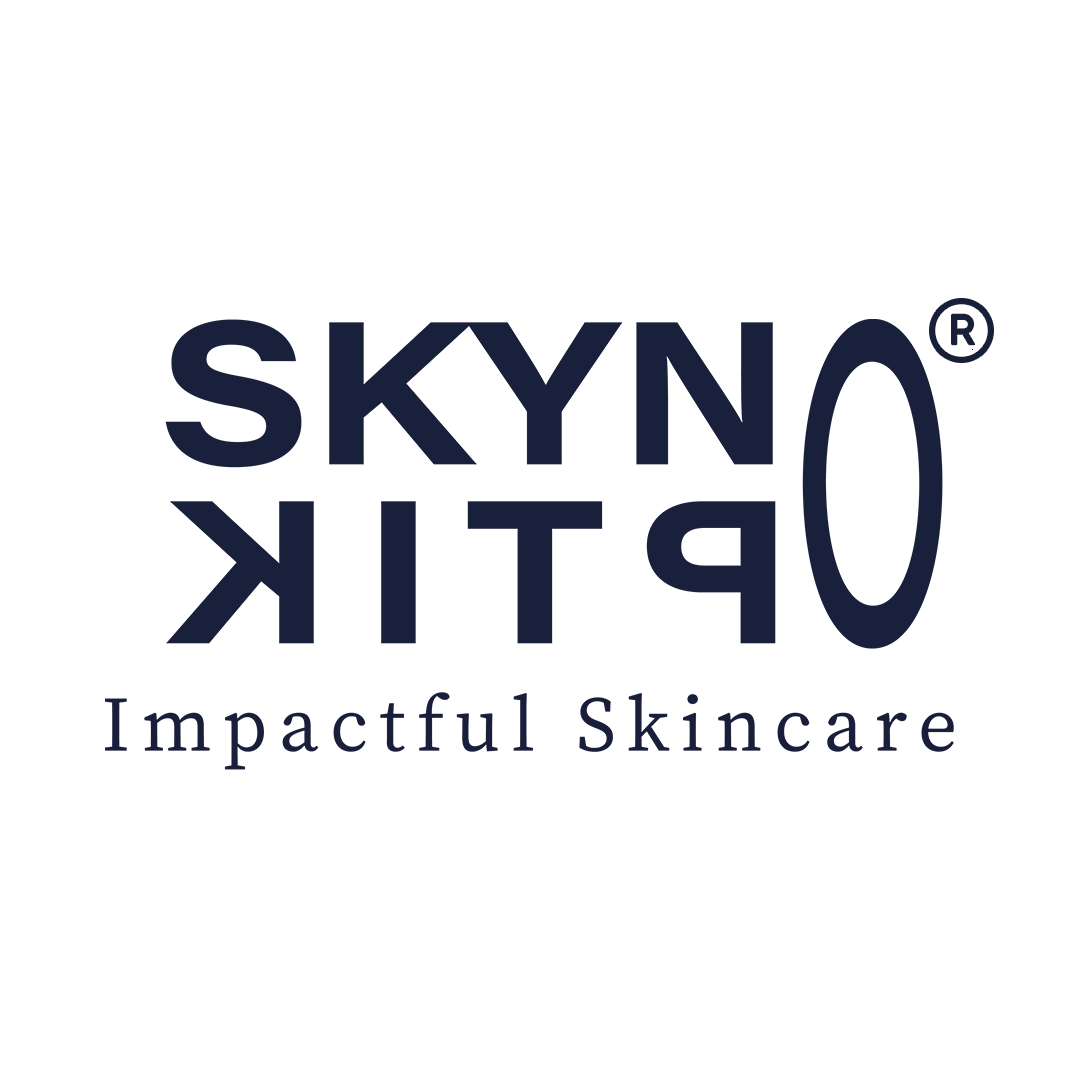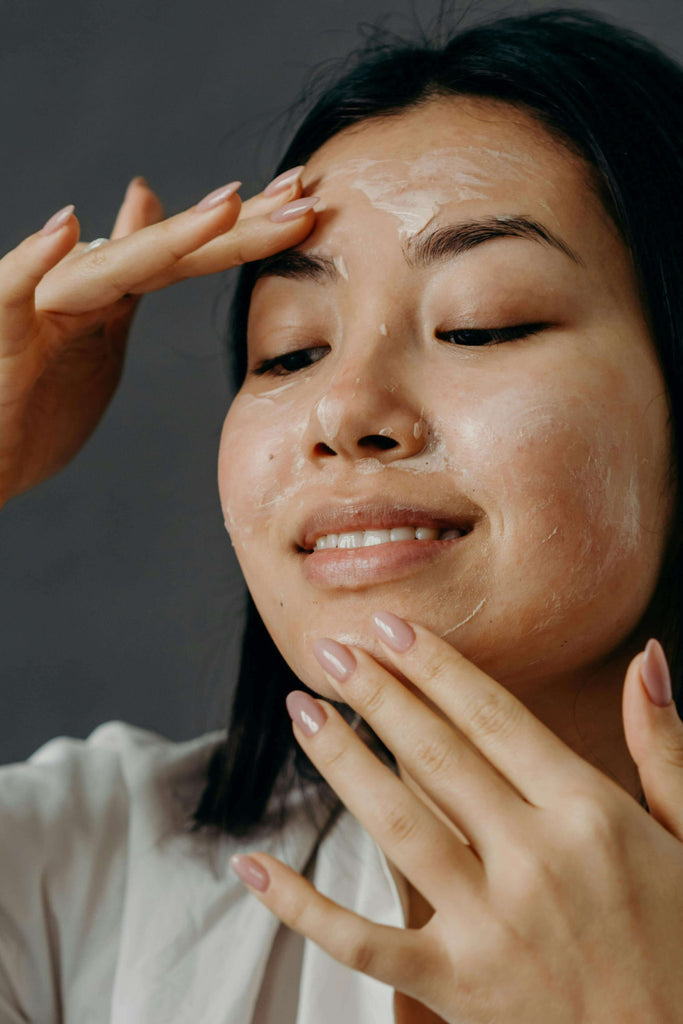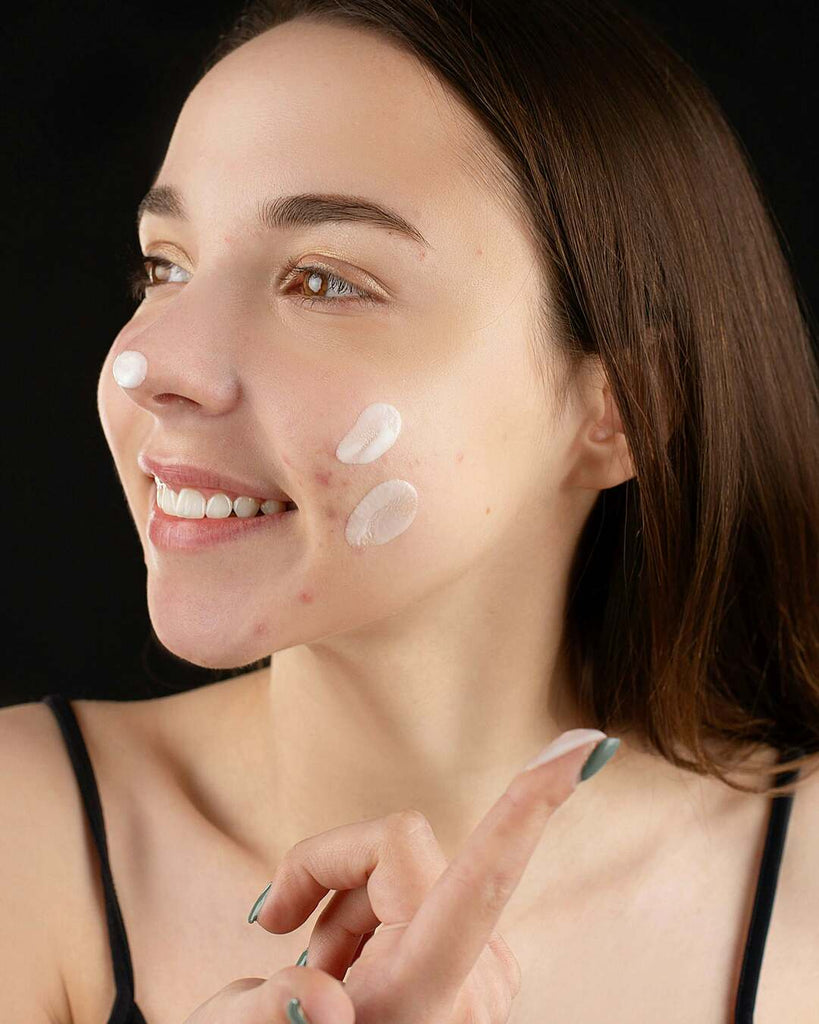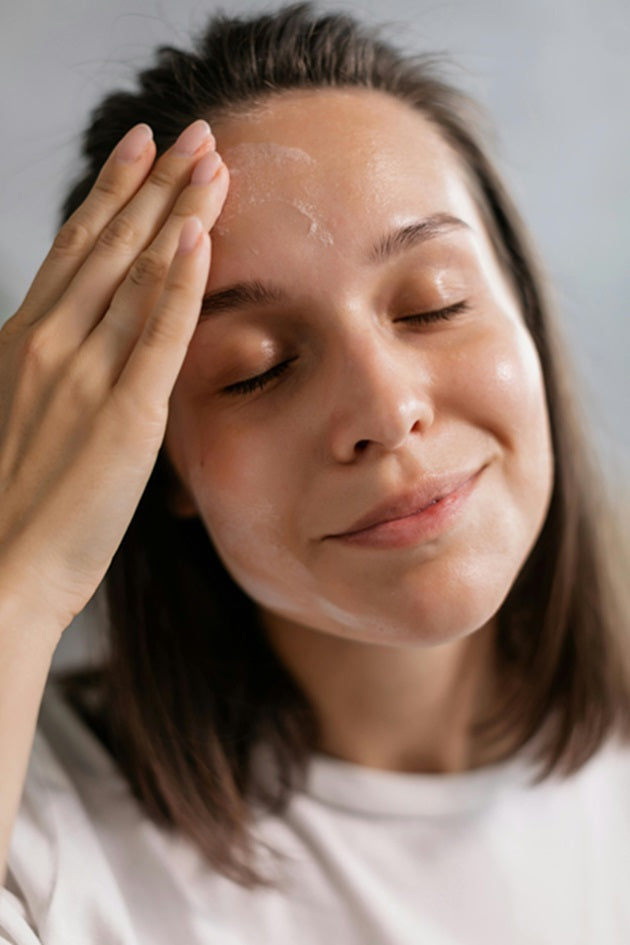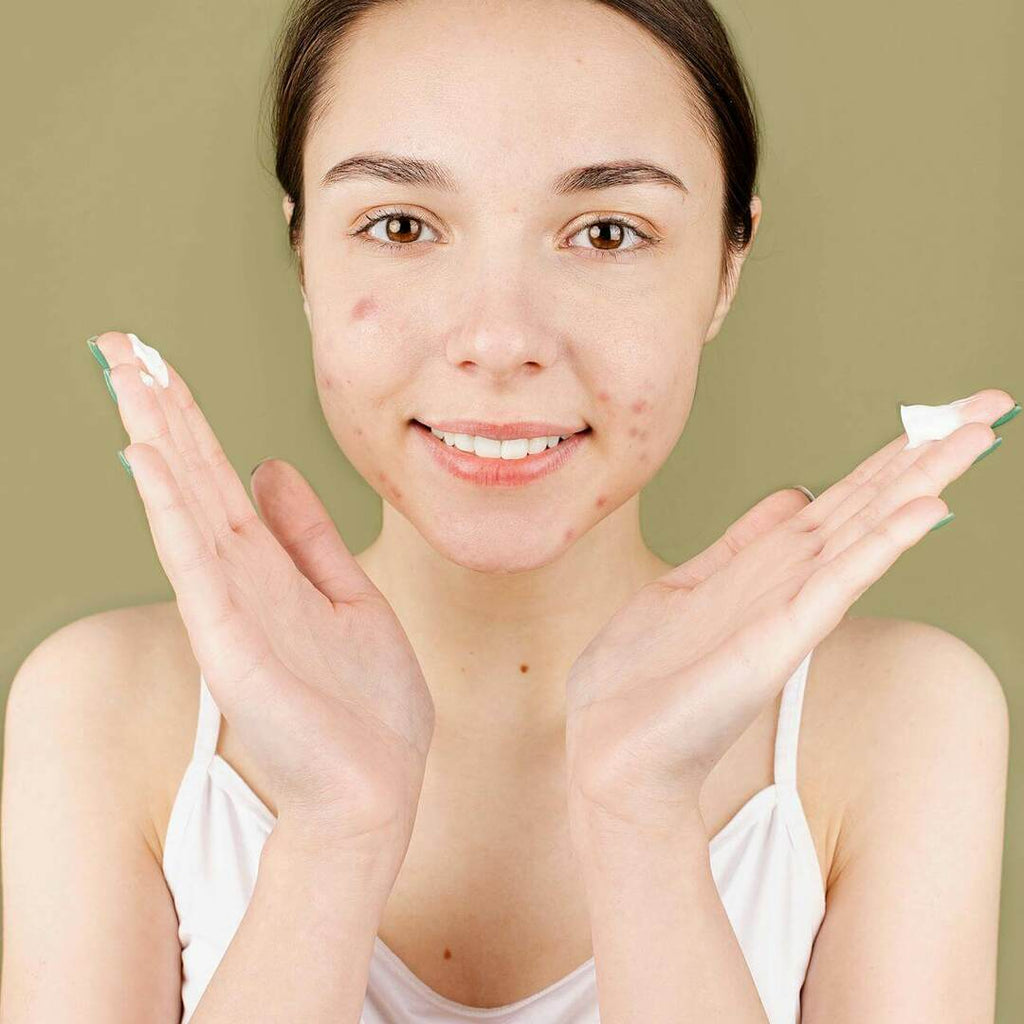
Understanding and Treating Scars and Dark Spots: A Comprehensive Guide

Introduction: The Complexities of Skin Healing
Scars and dark spots, most of the time, are seen as the same thing. When we talk of them we do not differentiate between them. However, scars and dark spots are different and arise from different processes. In this blog, we will try to see what are the different processes behind scars and dark spots and look into ways of managing them:How Scars form:
While we see scars as a problem, they represent our body’s ability to heal after an injury or trauma. To understand scar formation we have to understand the process of healing in the body:
a) Inflammation: is the body’s normal reaction to injury. The body starts this process to get rid of the injured tissues and to start the healing process. It is a signal not to use that part. The white blood cells become active and produce things that help in healing.
b) Fibroblast Activation:- Fibroblasts are a type of cell that helps in formation of connective tissues in the body. The cells secrete collagen which helps in the structural framework of tissues. So in case of injury these help in healing. During healing this provides help to cells and in contracting the wound and the process leads to the formation of scars.
c) Matrix Deposition: When collagen gathers, a temporary structure to fill the space in the wound or injury is created. This filing is just like scaffold and provides support for new tissues to grow. Imagine this process as how scaffold is used by workers in construction.
d) Remodeling and Maturation: with time the wound/injury fills and the scar matures and becomes a part of the skin. Internally the collagen fiber had rearranged and is linked. But this process may follow some different path and accordingly the scars that form are classified as:
- Atrophic Scars: you call scar atrophic when the healing is below than the surrounding skin i.e. appears like a hollow or dent. This implies that the collagen formation was not enough. The most common example is acne scars.
- Hypertrophic Scars: opposite to atrophic scars here more collagen is formed and these are raised over the skin. These scars are raised and thick because there was too much collagen made during healing, but they stay within the original wound area, unlike keloid scars.
- Keloid Scars: this is similar to hypertrophic scars but when more collagen is formed , the scar grows beyond the wound/injury area is is called Keliod scar.
Demystifying Dark Spots: Understanding Hyperpigmentation
Dark Spots/ Hyperpigmentation are different from spots. While the scar formation process as explained above leads to changes in skin texture, hyperpigmentation or dark spots are changes in skin pigmentation in specific areas. Dark spots/hyperpigmentation results in uneven skin tone and discolouration.There are cells called melanocytes, which are present in the epidermis basal layer. These cells produce a pigment, Melanin, which is responsible for skin colouration. The increased synthesis of melanin results in hyperpigmentation.. The reasons for increased melanin synthesis are
- Sun exposure
- Hormonal fluctuations
- Inflammation
Depending on the cause of the hyperpigmentation, the types of hyperpigmentation are as follows:
-
Sun Spots/ Age Spots: the hyperpigmentation that arises from prolonged exposure to sun, is referred to as sun spot/age spot. The exposure to the sun stimulates the production of melanin.
- Melasma: is a form of hyperpigmentation characterised by blue-grey patches or freckles mostly on the face. Melasma occurs due to hormonal fluctuations and primarily affects parts of the skin exposed to the sun.
- Post Inflammatory Hyperpigmentation: this type of hyperpigmentation occurs after the skin has been irritated or after injury. This happens when the skin reacts to an injury or irritation and produces more melanin.
Scars
For managing scars, the type and the underlying cause are to be understood. There are plenty of medical treatments available and for that one has to consult the expert. But some topical creams/gels are available which can help in managing scars.
One such option is Skynoptik Anti-Scar Gel. This gel helps reduce the appearance of scars while soothing and hydrating the skin. Overall Skynoptik Anti-Scar Gel helps in improving the texture, color, and overall appearance of scars, making it a valuable addition to any scar management regimen.
HyperpigmentationFor managing hyperpigmentation you have to address the causes of hyperpigmentation. You have to look for ways to protect your skin from sun exposure and try to inhibit melanin production. Here are some of the ways to manage it:
Sun Protection: you have to use sunscreen to protect yourself from sun exposure. This is a preventive step and you have to take care of your skin. Any good sunscreen can be used. You can try Skynoptik Sunprotekt.
Topical Creams: there are a variety of ingredients that have shown the ability to address hyperpigmentation. The main ingredients that are used in the creams are Hydroquinone, Kojic acid, Azelaic acid, Vitamin C and Niacinamide. Some of these ingredients have the ability to or create a mechanism to inhibit production of melanin.
One such option that you can look at is Skynoptik Anti Pigmentation Cream. The main ingredients of the cream are Niacinamide, Kojic Acid, and Arbutin which as explained above address hyperpigmentation. The cream helps in addressing dark spots and helps in achieving a brighter and even complexion.
But as we have written in most of the blogs, skin care is not magic, you will have to be consistent.
